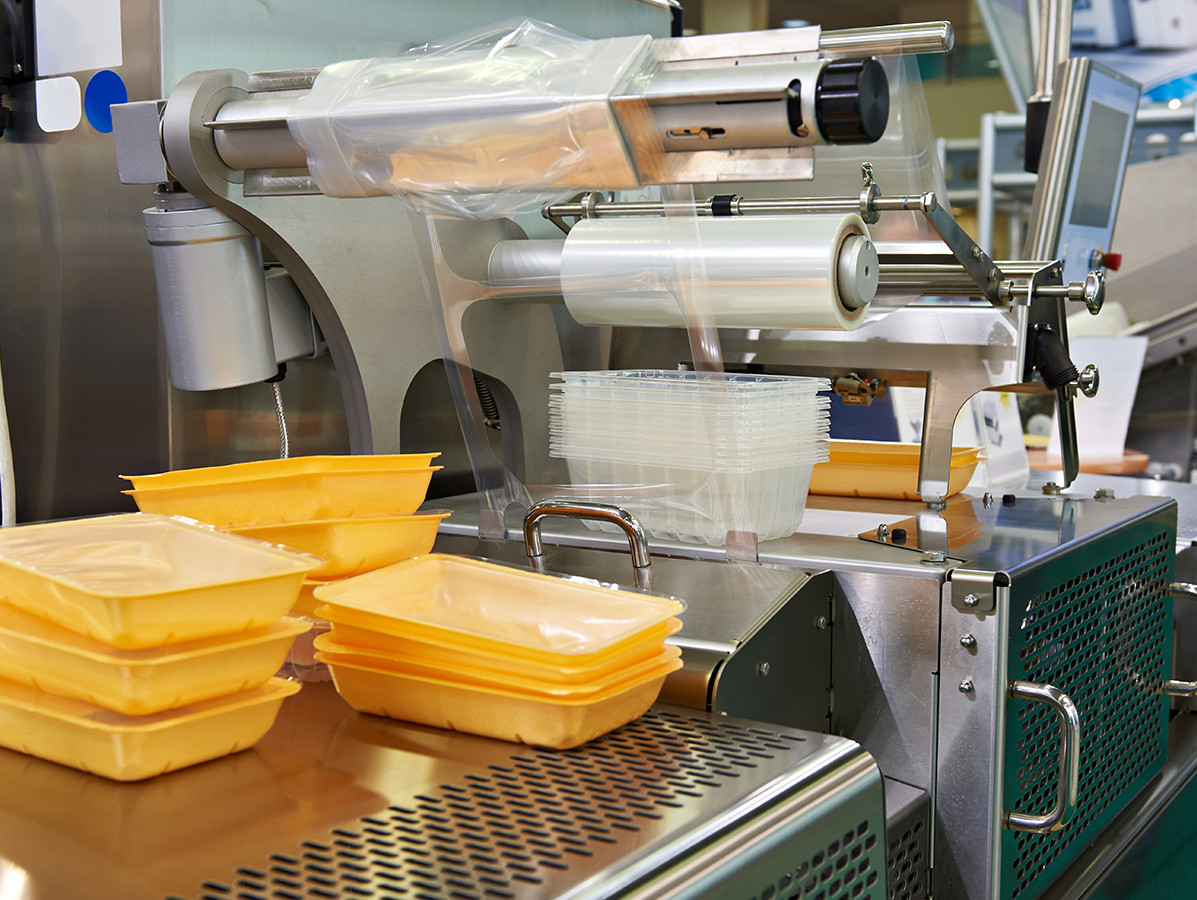
Food products are in prolonged contact with packaging material. That is why strict legal requirements apply to ensure the safety of the packaged food. For example, a 'Declaration of Conformity' must be available for each packaging material.
As a Quality Assurance consultant at KTBA, specialised in the safety of food contact materials, Jacco van Son works for both food producers and producers of plastic packaging materials.
As a result, he sees how both deal with the legal Declaration of Conformity, on the basis of which a food producer can determine whether the material is suitable for his product. In his opinion there is still room for improvement in the correct assessment of this declaration. In this article he explains how.
Let me start with the producer of the packaging material. He will place the packaging material on the market and must ensure that it has the correct Declaration of Conformity. The packaging material must comply with the legislation. In order to draw up and substantiate the declaration, he collects information. This comes from suppliers of the raw materials, migration tests, legislation, literature studies and HACCP studies. It must be verified which substances the packaging material consists of, whether - and if so which - auxiliary substances are used in production. It also has to be determined which substances (can) be created during the processing of the material; these are referred to as 'not intentionally added substances'. The information is recorded as 'supporting documents' and is managed by the producer of the packaging material. This supporting documentation is used to draw up the declaration. The information can also be requested there.
In addition, the intended use must be taken into account. The law determines which requirements migration tests must meet. This depends on the foodstuff, the contact surface, the storage temperature and the storage time. For which type of products and for which conditions the packaging material is suitable can be found in the Declaration of Conformity. This declaration must be provided by the producer to his customer, in this case the food producer.
My experience shows that food producers do not always pay sufficient attention to assessing the Declaration of Conformity. Assessing is best done as early as during product development. These are questions such as: What type of product are you going to package? What are the storage times and temperatures? Will the product be prepared in the packaging and if so, how? Is unintended use possible?

Some points to consider when assessing a Declaration of Conformity for plastic food contact materials:
- The identity of the materials
It must be clear to which packaging material the Declaration of Conformity applies by, for example, mentioning the product name or article number. You must be able to check whether the Declaration of Conformity applies to the material you have or will receive. A Declaration of Conformity can only apply to several materials if they are the same in composition.
- Confirmation that the material complies with applicable legislation
The declaration should confirm that the material complies with relevant legislation. The relevant legislation consists of both European and national legislation. In the Netherlands: the Commodities Act regulation on packaging and consumer articles. Do you use plastic with recycled material? Then it must be included that the legislation for these materials is complied with.
- Adequate information on restricted substances in foodstuffs
The Declaration of Conformity should include the identity of substances with a specific migration limit. It should also confirm that substances with a specific migration limit do not migrate above this limit as long as the material is used under the conditions specified.
- The specifications for the use of the material
The Declaration of Conformity should include the foodstuffs for which the material is suitable and the conditions under which the material can be used. These should correspond to the intended use by the food producer and consumer.
Please note that the above list does not contain all requirements; there are many more! They are listed in 'Annex IV Regulation (EU) No 10/2011 on plastic materials and articles intended to come into contact with food'.
I advise food manufacturers to look more closely at the possible contaminants that may migrate into the food from the packaging and/or the label in order to better assess whether the Declaration of Conformity provides sufficient information to determine whether the material is actually suitable. Has the Declaration of Conformity been insufficiently assessed and is a packaging material used that is not suitable for the final product and/or circumstances to be packaged? Then there is a possible danger to food safety due to migration of chemical components.
Image: ©Sergey Ryzhov/Shutterstock.com
Source: © Vakblad Voedingsindustrie juni 2020